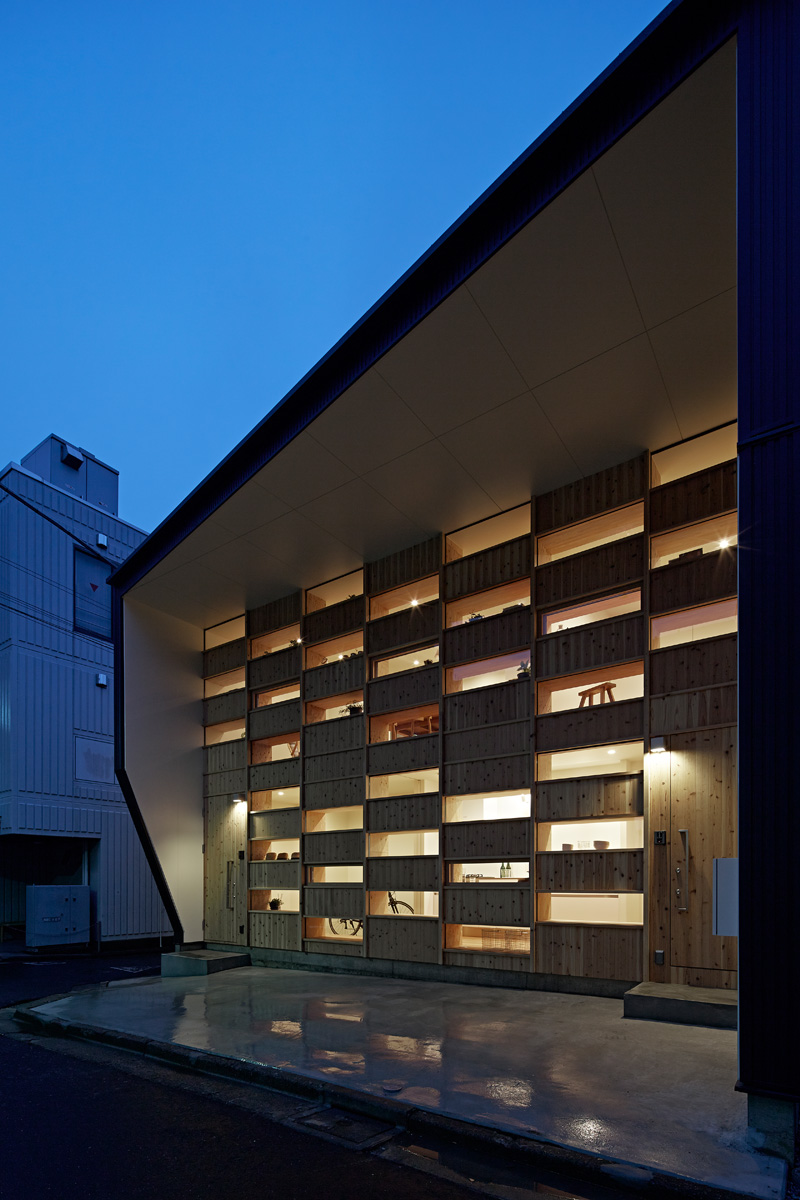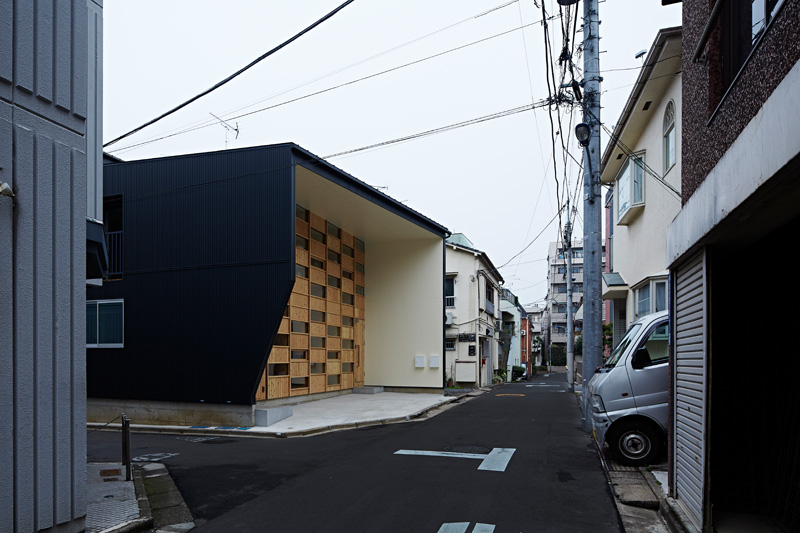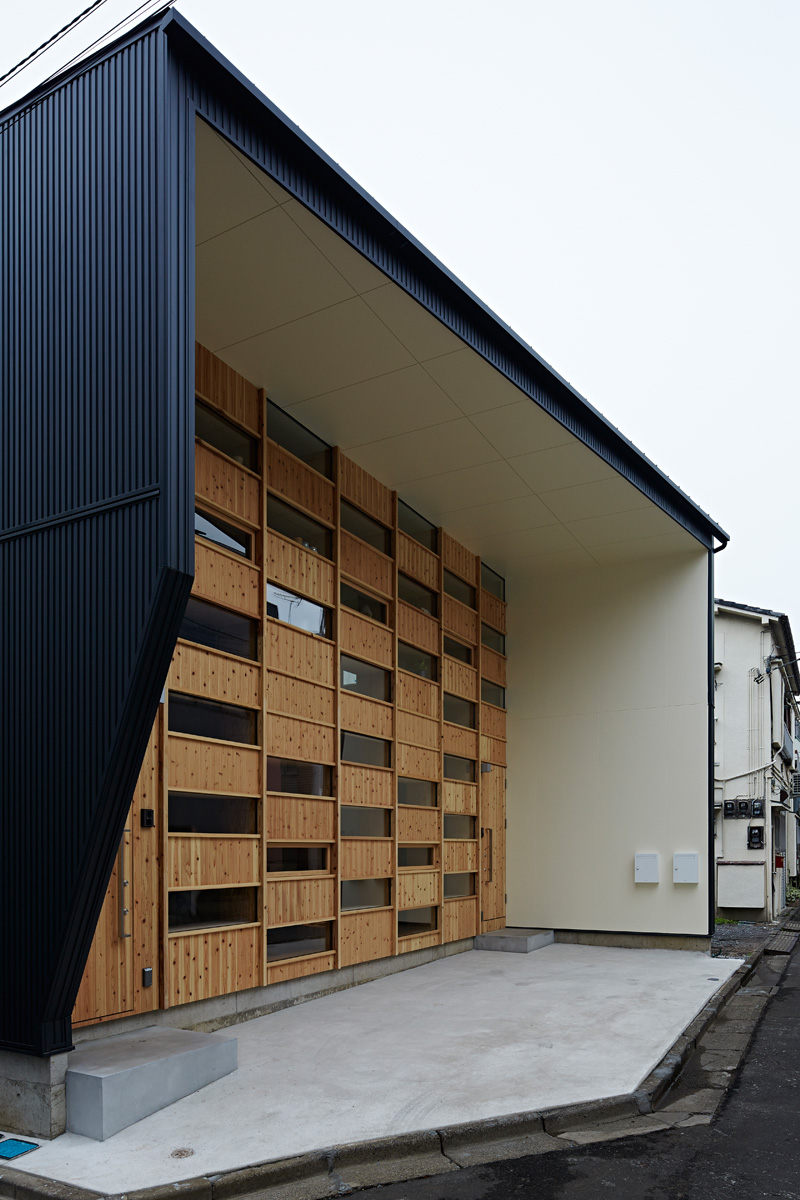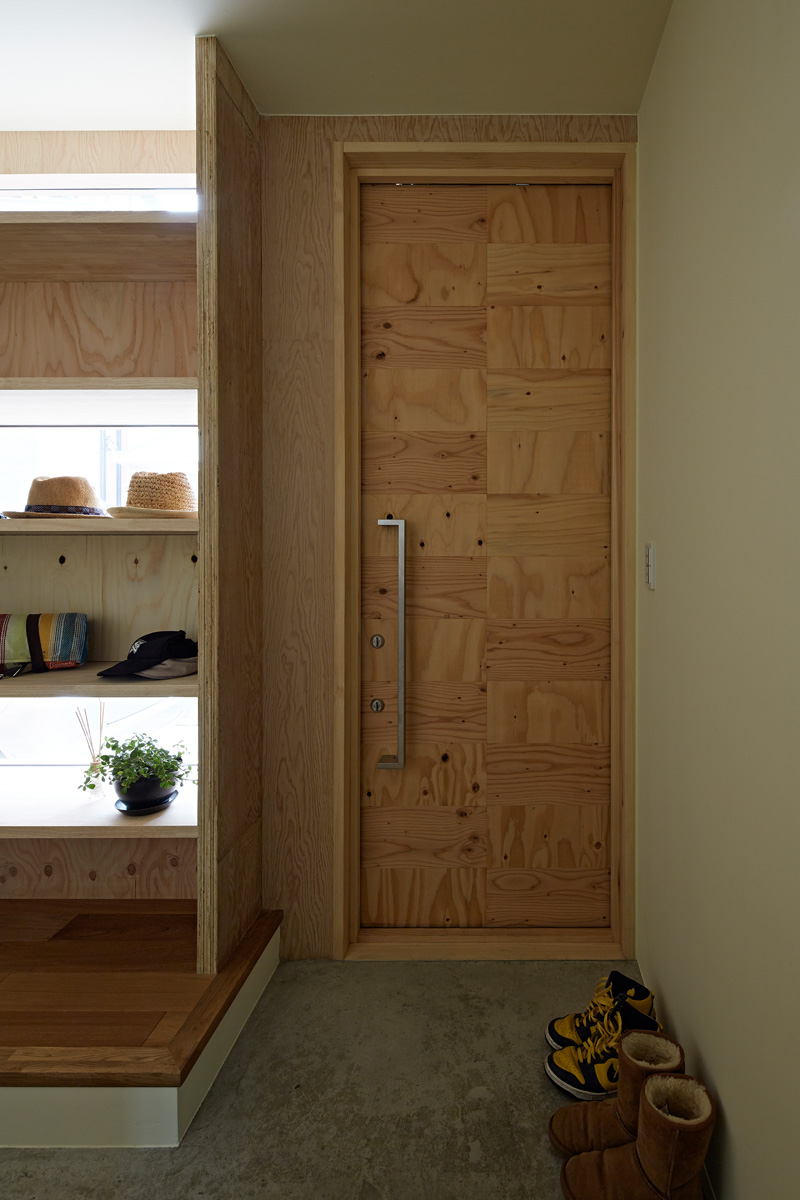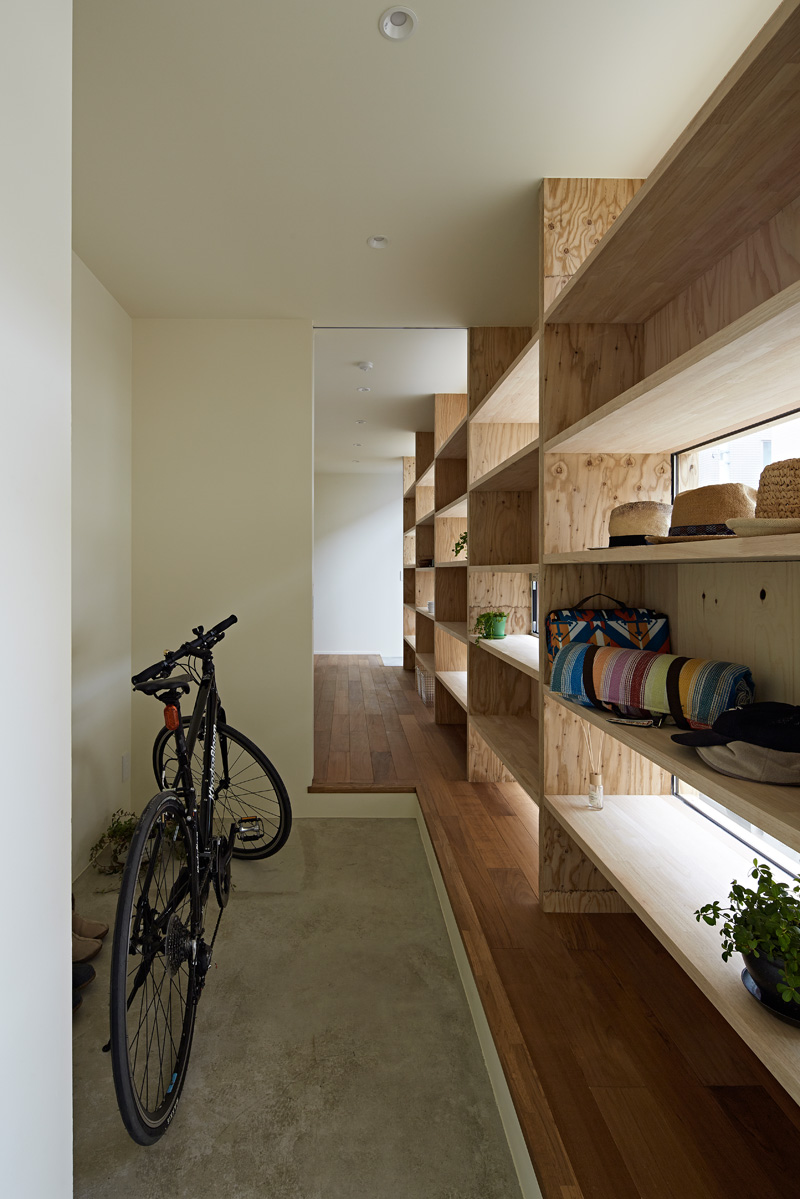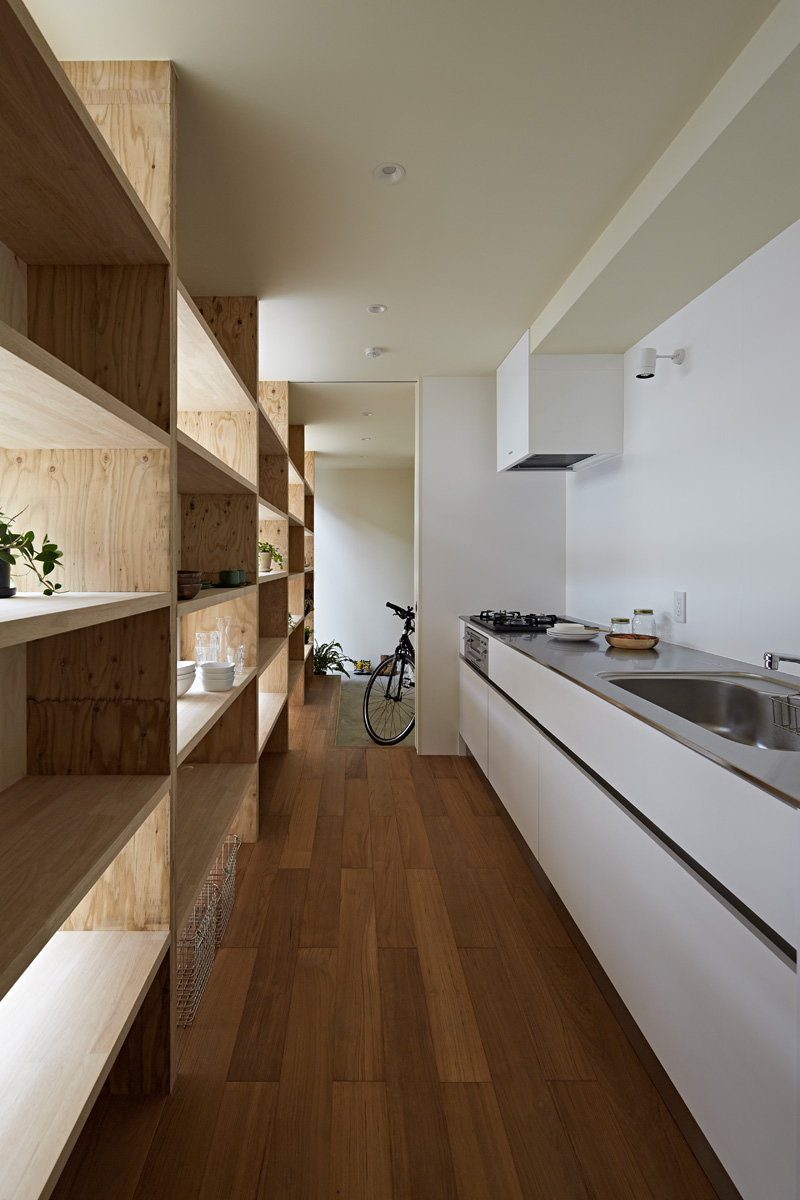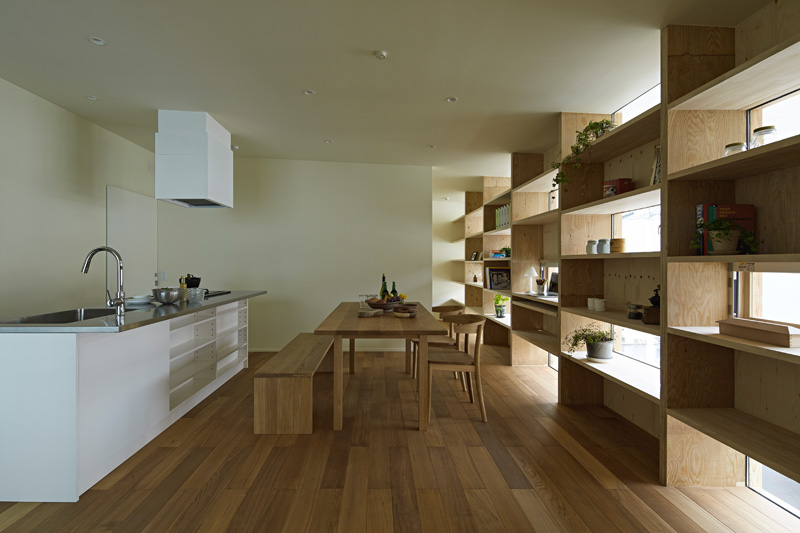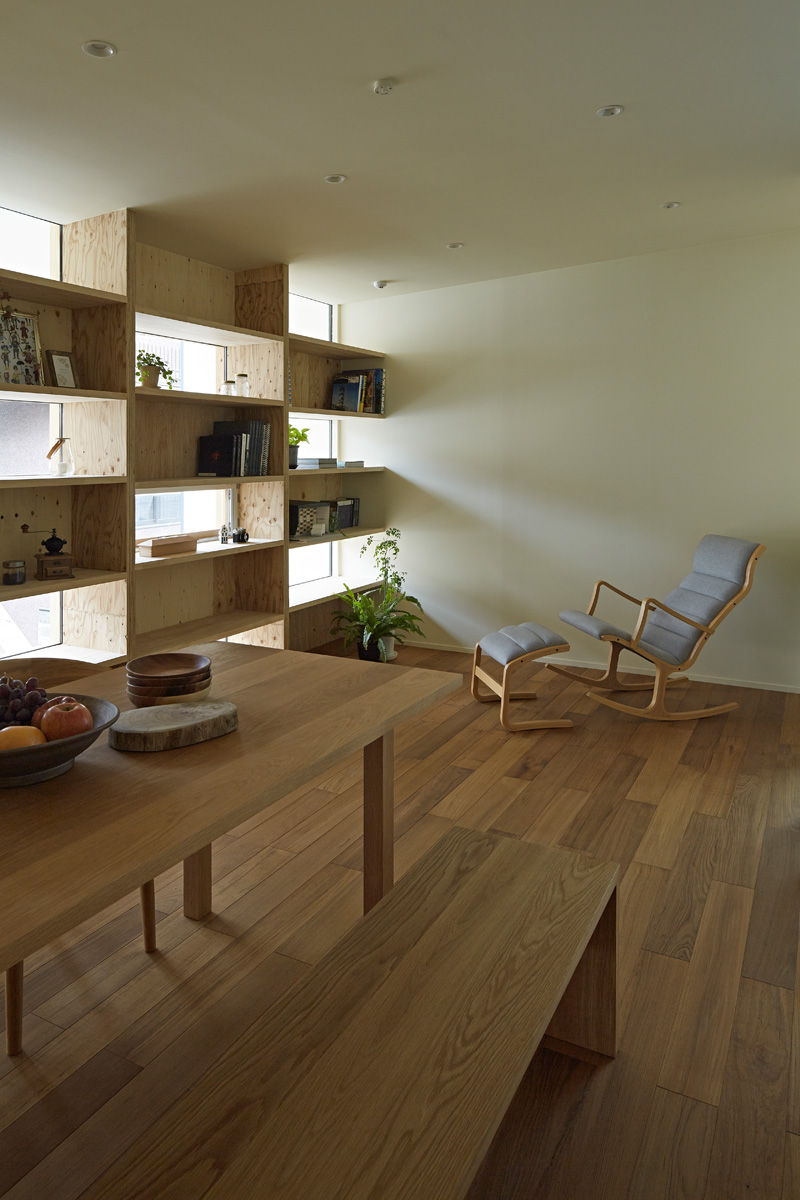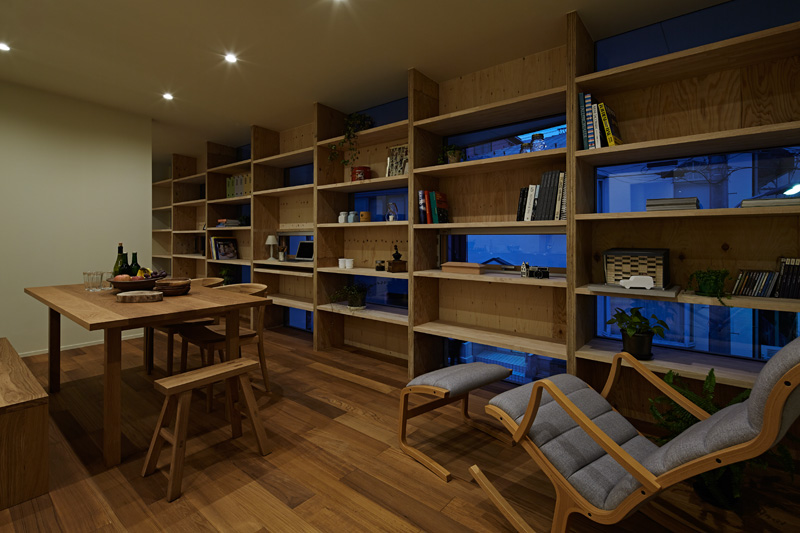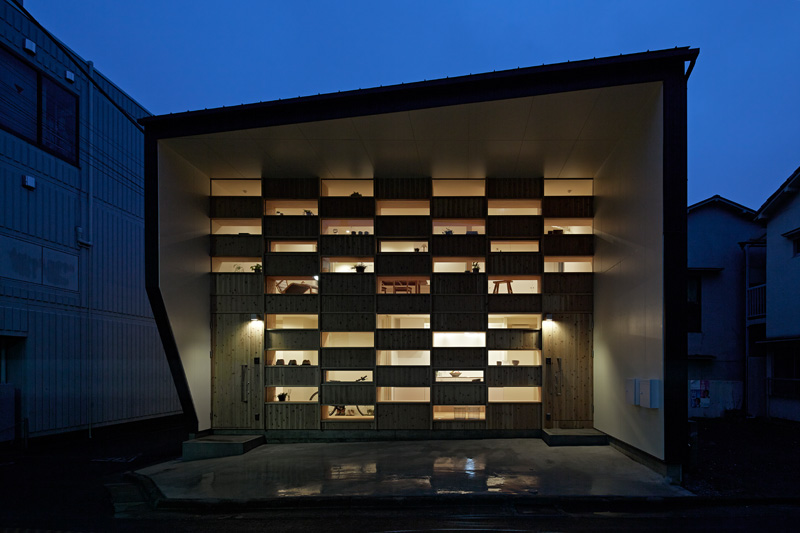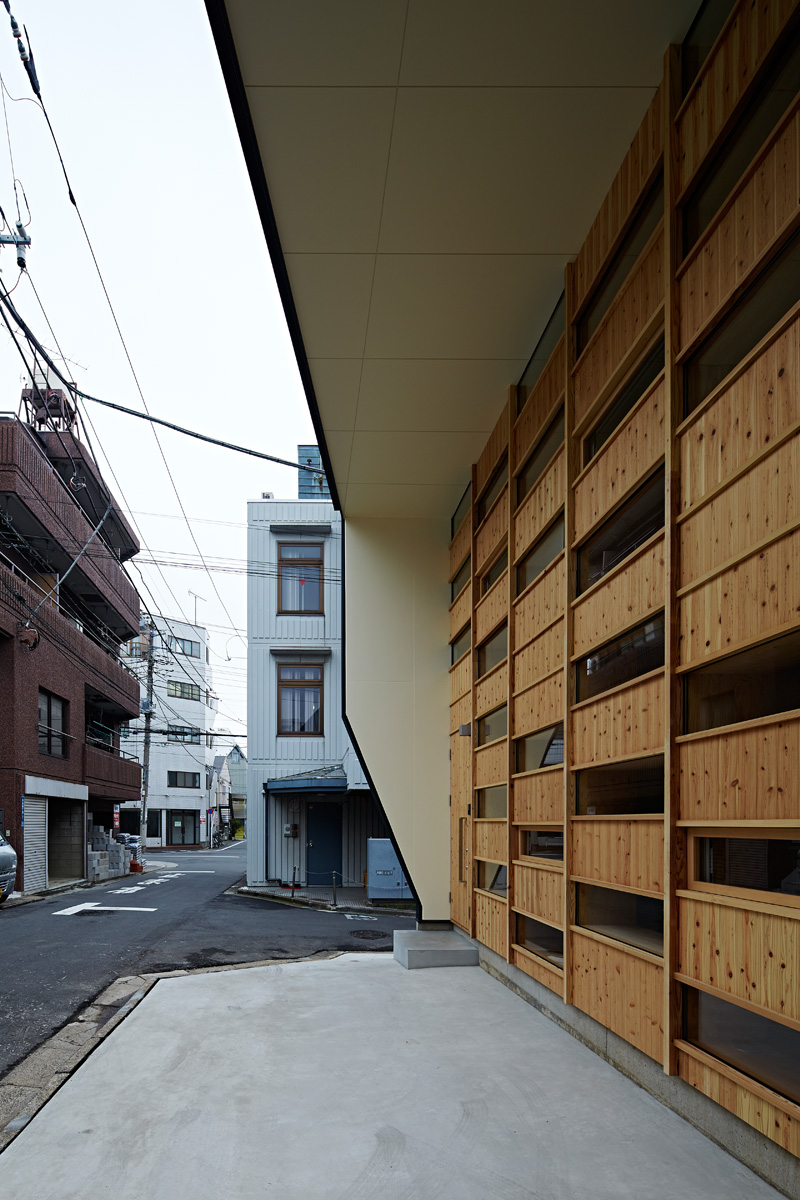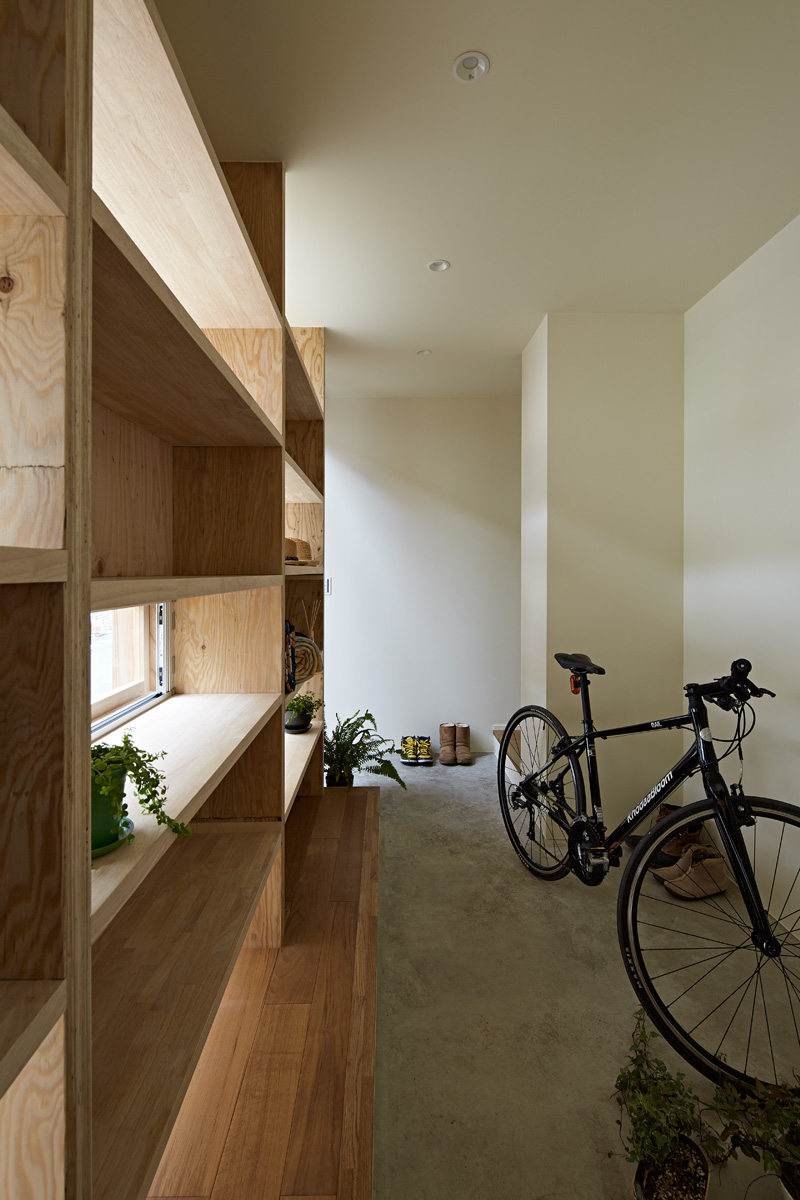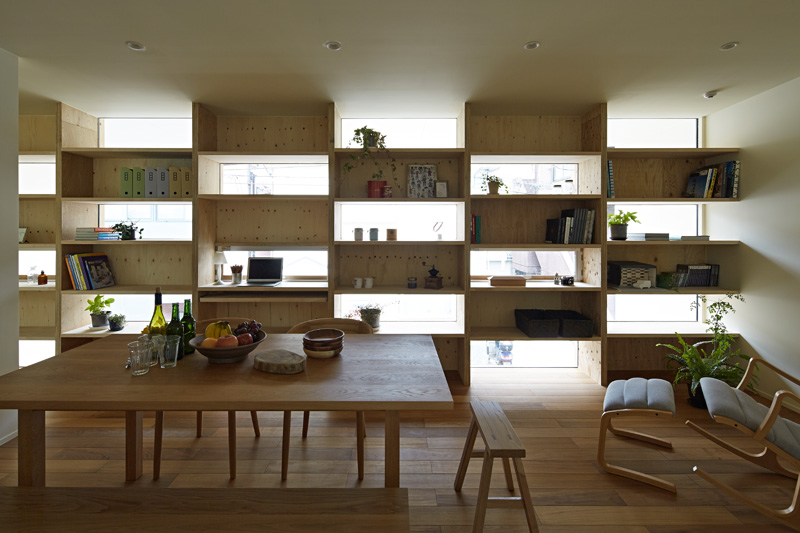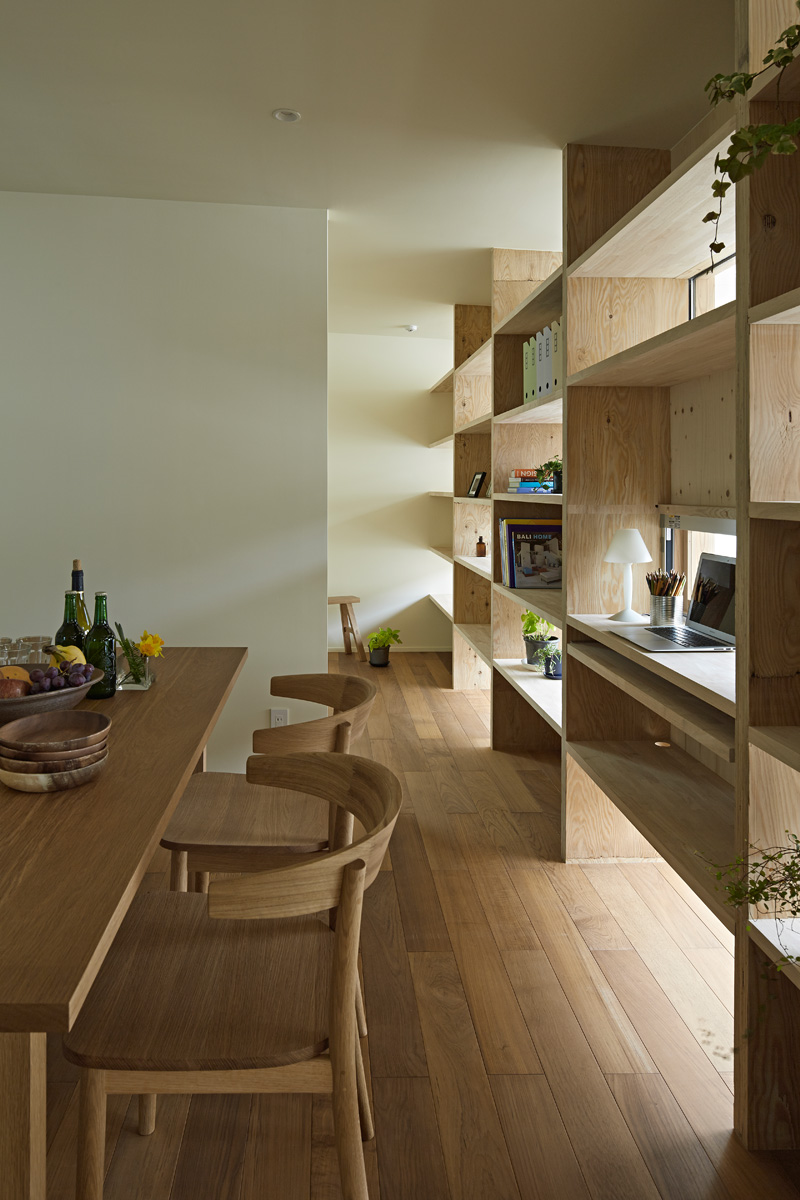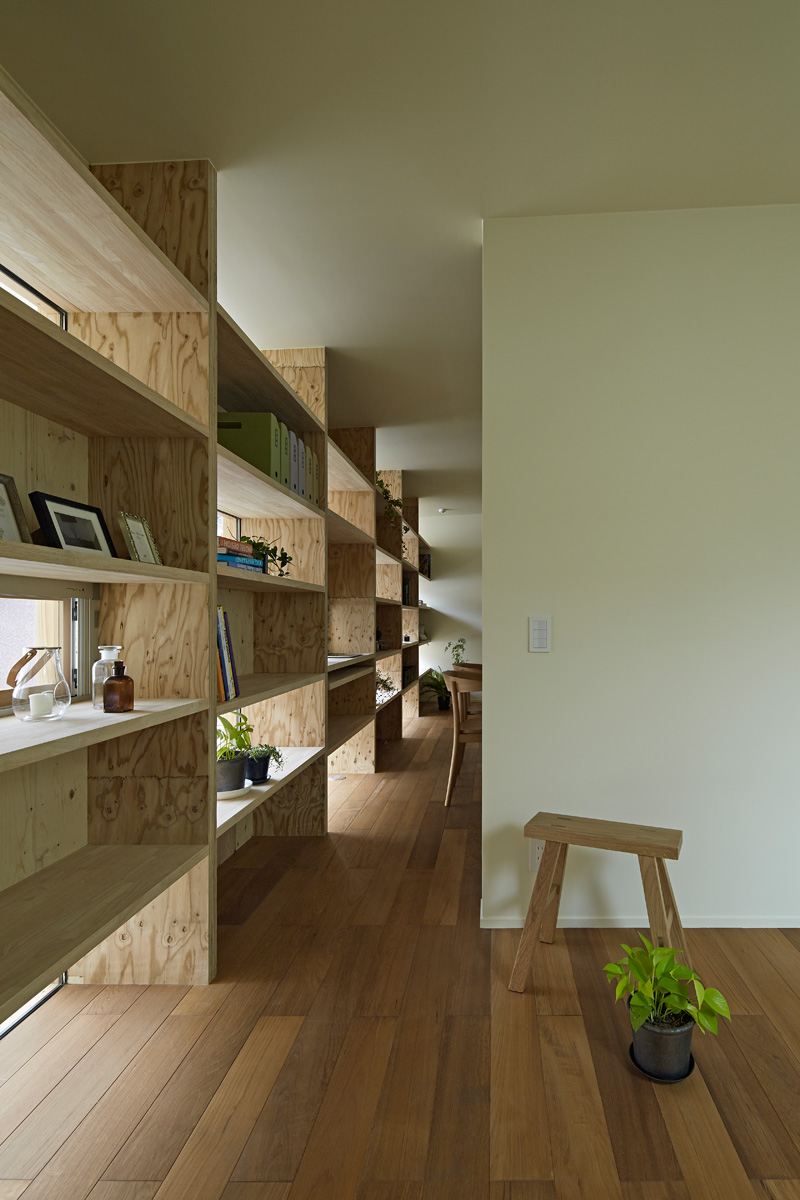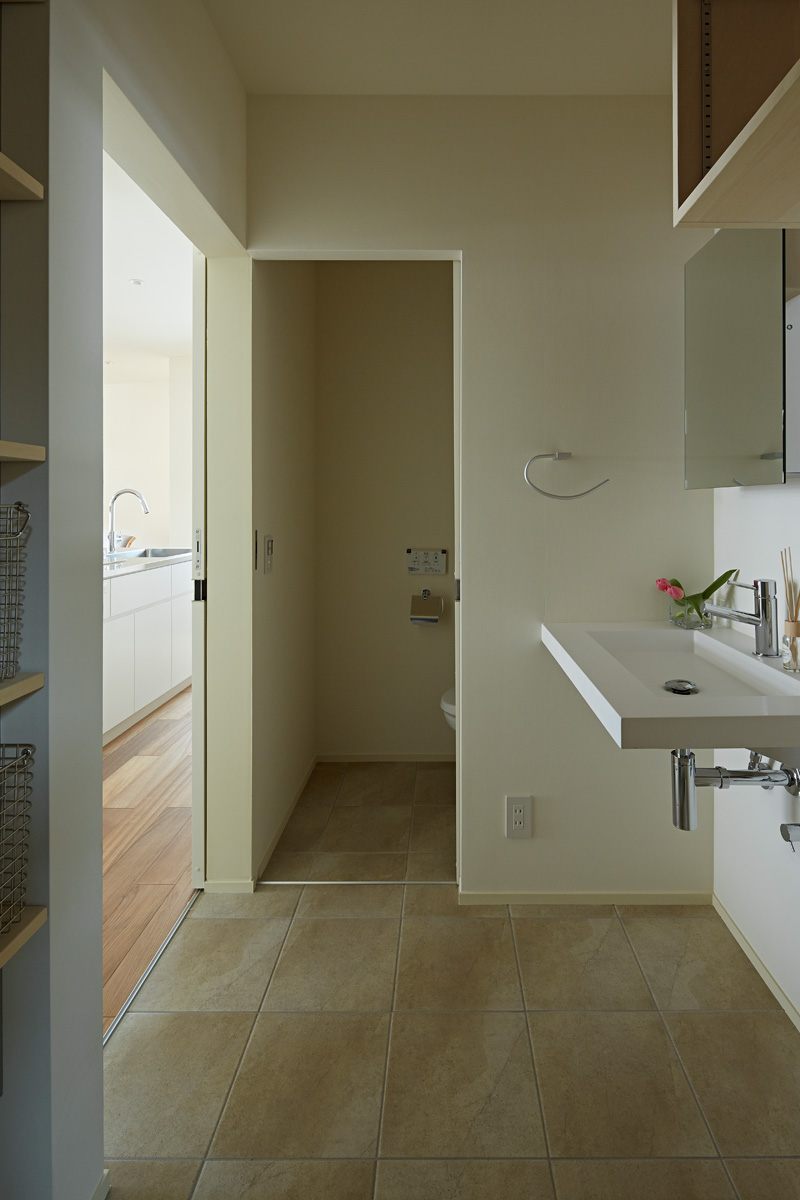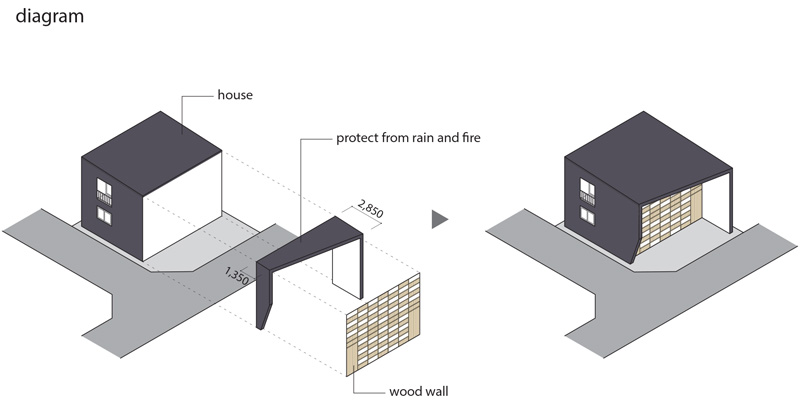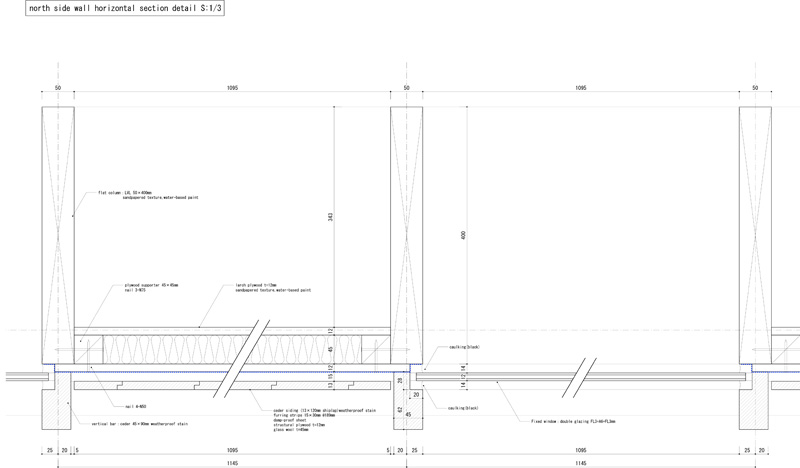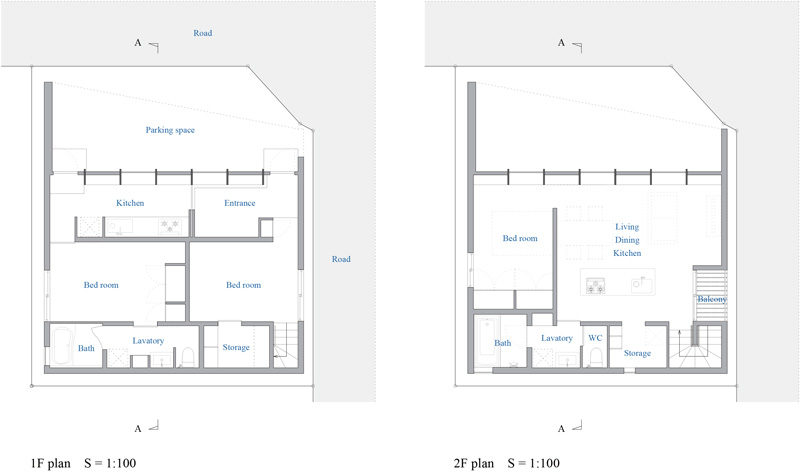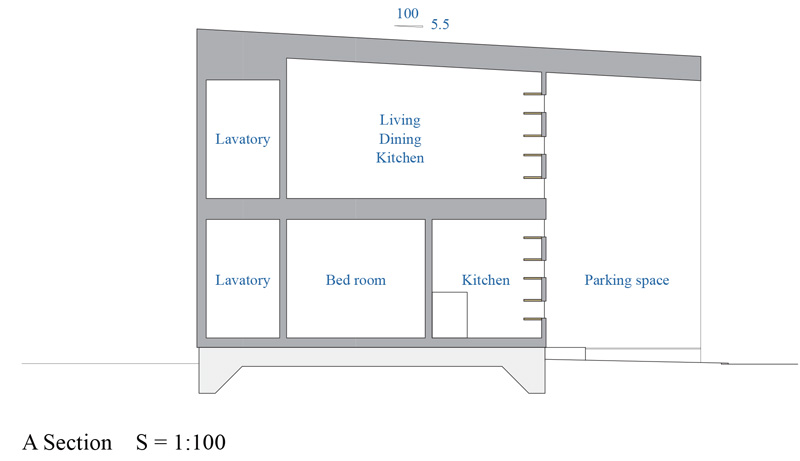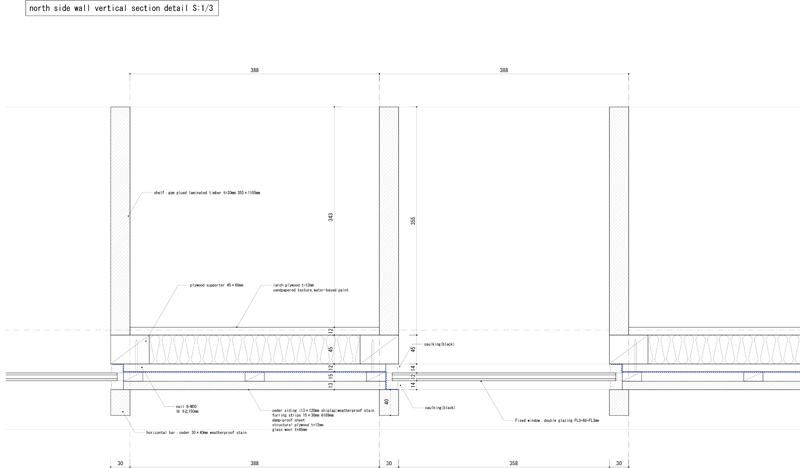Takeshi Shikauchi Architect Office have recently completed the “Checkered House” in Tokyo, Japan.
The architect’s description
Though many buildings are made from wood in Japan from the old days, it is getting more and more difficult to use wood for houses in the urban area. Especially for the exterior. The reason for this is because lot of effort has been put on to fireproofing buildings in the urban area for fire at the occasion of earthquake and also since we lost a lot of wooden houses by the fire caused by firestorm 70 years ago during war time.
In addition many people live in a very limited space of land (we only have 25% of flat land which is not steep) and land is segmented into pieces which is making the distance between neighbors close to each other, so the material to be used for exterior has been changed into industrial products.
These national policy related issue and the small land It is getting more and more difficult to use wood for housing in the city. We see wooden houses but it costs a lot of money for disaster prevention and maintenance.
On the other hand, I thought of the positive aspect of wood such as the soft texture and the possibility to drive a nail by oneself which Japanese traditional houses use to have. By reevaluating these positive aspects I thought about designing a wooden house in the city considering disaster prevention and maintenance. This house has a Japanese traditional under the eaves space overhanging the roof from 1.35m to 2.85m of the parking space facing the north side road.
There are 2 reasons that cause the deterioration of wood. One is ultraviolet from the sun light. The ultraviolet weather the wood. With this project since the south side is congested and cannot expect sunlight, the main facade is faced north. Therefore, it can prevent deterioration by ultraviolet from sun light.
In addition, deterioration from rain is also prevented by overhanging the roof. The amount of rain that blows in and the distance of the overhang is carefully considered by the data so that it does not get wet with normal rain. By these careful thoughts, such as the under the eaves space and the fire wall on both sides enables to use affordable wood material and wooden window frame even in the high density area.
The checkered wall with 50% opening is made of 50mm×400mm LVL placed in 1090mm pitch. Bearing wall made of structural plywood and glass is arranged in checker. Cedar plate is fixed onto bearing wall for the outer wall part and the glass can be arranged in various heights so the checkered window allows to take in light from regular height, near the ceiling and near the floor and also take in stable light from the north side during the day time.
The inside is a shelf with depth and the owner enjoys displaying small articles and also assures privacy at the same time. Usually the large under the eaves space is used as a parking space but on a sunny day the owner works on his hobby such as taking care of his fishing gear and bicycle. Just like a traditional Japanese house veranda like porch space, it is a place which feels like inside though it is outside. And the wooden wall plays the key role.
Designer: Takeshi Shikauchi / Takeshi Shikauchi Architect Office
Structure design: Ohno JAPAN
Collaborative design: Yuko Suzuki Architecture Office
Construction: Shinei
Photography by Koichi Torimura
Drawing credit: Takeshi Shikauchi Architect Office
